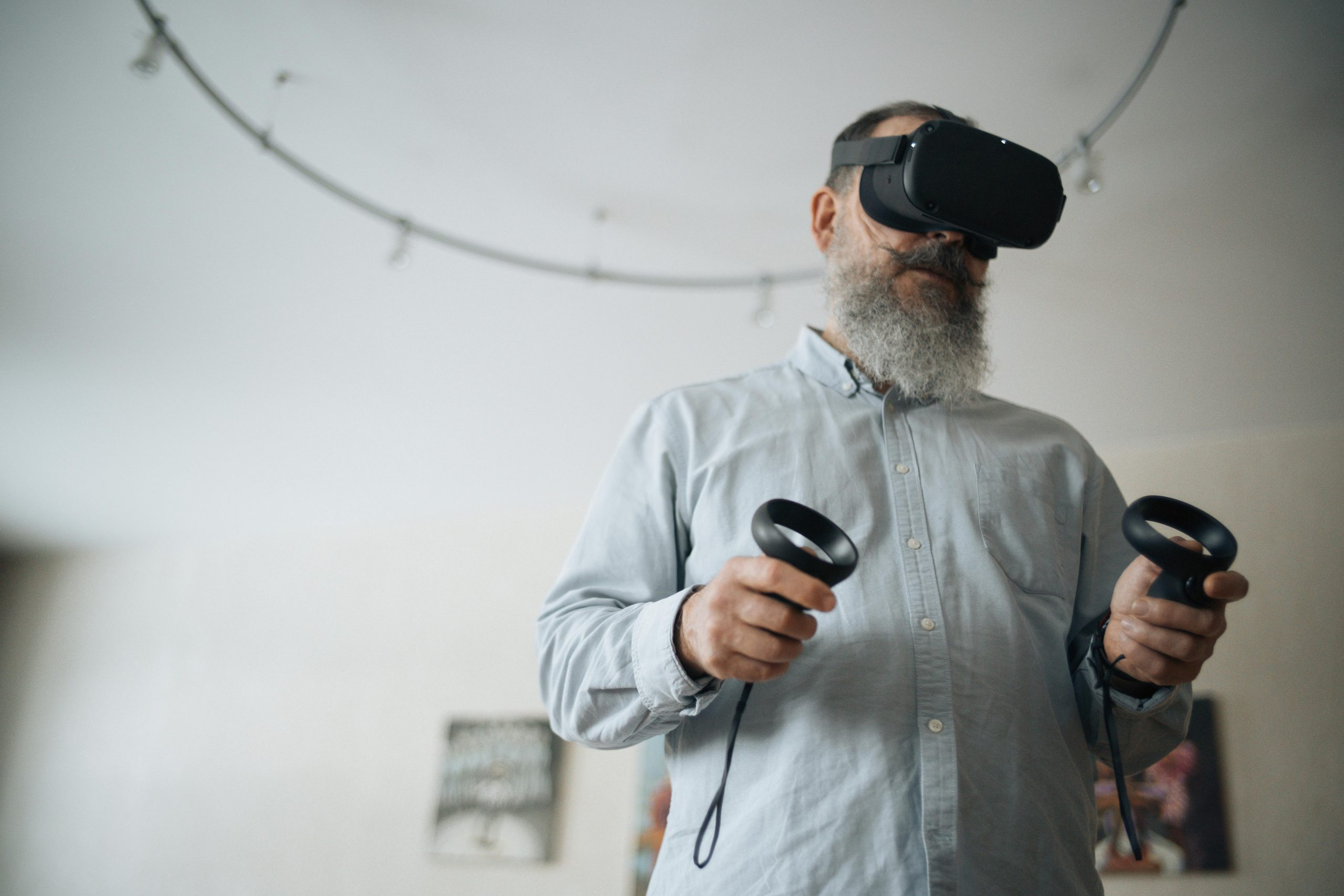The Evolution of E-Commerce: From Basic Websites to Immersive Experiences
The rise of e-commerce has revolutionized the way we shop, making it easier and more convenient than ever before. In the early days of the internet, e-commerce was limited to basic websites offering products for sale and simple checkout systems. However, as technology has advanced and consumer demands have grown, e-commerce has evolved into immersive experiences that blur the lines between online and offline shopping. This article will delve into the evolution of e-commerce, from basic websites to immersive experiences, and how it has changed the way we shop today.
The Early Days of E-Commerce: Basic Websites
The concept of buying and selling goods online was first introduced in the 1960s through electronic data interchange (EDI). However, it wasn’t until the mid-1990s that e-commerce as we know it today began to take shape with the launch of websites like Amazon and eBay.
These early e-commerce websites were rudimentary, with basic layouts and limited product offerings. Consumers could browse through products, add them to their virtual shopping cart, and proceed to the checkout process. Payment options were also limited, with most transactions being processed through credit cards or PayPal.
Despite its limitations, e-commerce showed immense potential and quickly gained popularity among consumers. This led to the emergence of more e-commerce websites, offering a variety of products ranging from clothes to electronics to groceries.
The Rise of Online Marketplaces
As e-commerce grew in popularity, online marketplaces like Amazon, eBay, and Alibaba emerged. These platforms offered a wide range of products from different sellers, making it easier for consumers to find and purchase what they were looking for.
The rise of online marketplaces also introduced the concept of customer reviews and ratings, allowing consumers to make more informed purchasing decisions. This further fueled the growth of e-commerce as consumers began to trust online shopping more.
These marketplaces also paved the way for small businesses and individual sellers to enter the e-commerce market. With the help of these platforms, small businesses could reach a wider audience and compete with established brands, leveling the playing field.
The Shift to Mobile Shopping
As smartphones became more prevalent, e-commerce began to shift towards mobile shopping. Consumers could now shop on-the-go, making purchases with just a few taps on their mobile devices.
To keep up with this trend, e-commerce websites and marketplaces began to optimize their platforms for mobile devices. This led to the development of responsive designs and dedicated mobile apps, making it easier and more convenient for consumers to shop from their phones.
Immersive Experiences: The Future of E-Commerce
Today, e-commerce has evolved into an immersive experience that goes beyond just buying and selling products. Virtual and augmented reality technologies are being integrated into e-commerce platforms, allowing consumers to experience products before making a purchase.
Personalization is also becoming a key aspect of e-commerce, with websites and apps using consumer data to create personalized recommendations and offers. This not only enhances the shopping experience but also increases customer loyalty and sales.
Social media has also played a significant role in the evolution of e-commerce. With the rise of social commerce, consumers can make purchases directly from their favorite social media platforms, eliminating the need to visit separate e-commerce websites.
In Conclusion
From basic websites to immersive experiences, e-commerce has come a long way in a relatively short time. With the constant advancements in technology, it is safe to say that the future of e-commerce holds even more exciting possibilities, and we can’t wait to see where it takes us next.
Whether it’s buying groceries, clothes, or even a car, e-commerce has made it possible for us to shop from the comfort of our own homes and has opened up a world of endless options. As e-commerce continues to evolve, it’s clear that it has changed the way we shop, making it easier, more convenient, and more personalized than ever before.









